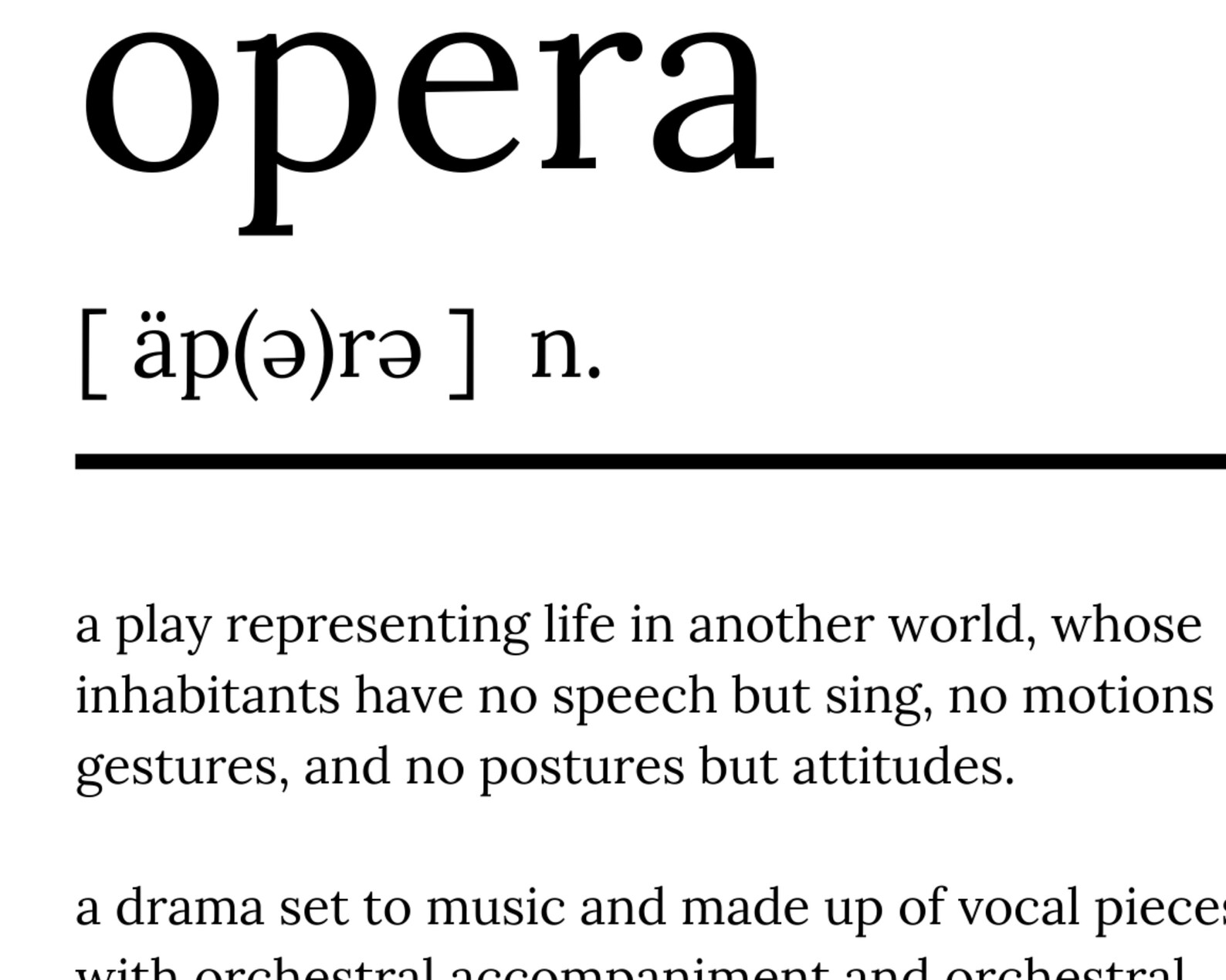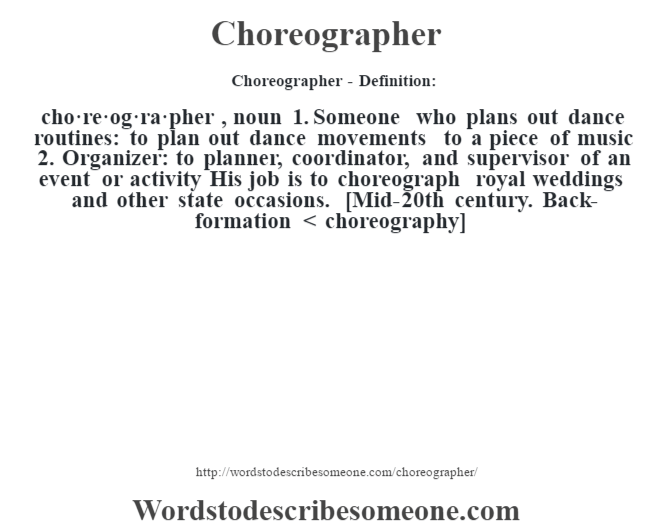
The next time you go dancing, pick a dance where you feel comfortable enough with your partner and the music to do a little experiment.After watching using the five frames, watch the video a final time without any frames and see if you notice anything new about the dancers’ musicality. Try to focus on which music frame goes with the particular movement frame you are focusing on. when they move in complementary or contrasting ways). Here are five suggested frames you can use: 1) rhythm changes, 2) movement through space, 3) body shaping, 4) use of level changes (up/down) and direction changes (linear/rotational), 5) leader/follower relationship (i.e., when they move in sync with each other vs. Then watch the video five times, each time using a different “movement frame” for watching the dancers. Watch the video all the way through first and just see what you notice. Select a video of any partnered dance that you like for its musicality.Looking ahead to the second element which will be covered next week, what role do you think emotions play in musicality? How do emotions make it into our dancing?.What impressions come to mind when you read the list of five elements? Which of the five do you feel the most, and the least, interested in?.If you don’t have time to do all four exercises, choose the one(s) that resonate with you the most and leave the others for another time.

There are four homework exercises this week: two journaling exercises to explore your thoughts on the five elements and two practical exercises to develop awareness of how we use frames in the creative element of our musicality. If you haven’t already, read Part 2: The Creative Element, then return to this page. If you feel like sharing, please leave a comment on Part 1! I would love to read your answers on this one. Does the concept of “gathering the senses” resonate with you? Why or why not? List any experiences, questions, or objections that came up for you during the reading.
Reflect on how you felt as you read Part 1: Gathering the Senses. How musical do you think you are? How satisfied are you with your musicality? What are your musical strengths and weaknesses? What, if anything, seems to turn on – and turn off – your musicality?. How do you know when you or someone else is dancing musically? What does it look and feel like? Take time this week to watch your favorite dancers, locally and/or on YouTube, to help with your answers. What “elements” are essential to musicality? If you had to define the five senses we possess as human beings and knew nothing about the traditional senses we are taught about, what would make your list? Think outside the box on this one!. If you had to write a definition of musicality to be published in a community dictionary, what would it be?. Okay, here we go! There are five questions this week: You may also wish to reflect on these questions throughout the week, especially after an evening of dancing, and add any additional ideas to your answers. This method usually gets us past our surface ideas and into creative/discovery mode where our best thinking takes place. If you have time, I encourage you to write down your initial thoughts, pause to reflect, then write some more. You can write as little or as much as you like. We will be returning to your answers and working with them throughout the series, so be sure to keep them close. This is to enable you to explore the personal definition of musicality you currently hold (you have one even if you have never articulated it) before I start filling your head with other ideas. I deliberately did not name the five elements in Part 1. If you haven’t already, read Part 1: Gathering the Senses, then return to this page. This is just an added bonus for those who want to dig a little deeper! If you choose not to do all or any of the homework, don’t worry because it is not required to read and enjoy this series. Learning about each other’s ideas about musicality also makes for a great discussion, so if you are interested in sharing any of your answers or other thoughts on musicality please leave a comment below. If you don’t have a dance journal, now is an excellent time to start! Writing down your thoughts instead of keeping them in your head will clarify them and allow you to track how they change over time. 

The goal is to experience the greatest possible engagement with your own ideas about musicality as well as with this material.

There are questions and exercises to accompany each part of this series. To go directly to the homework for a part in this series, use the following links: The Five Elements of Musicality, Supplement: Recommended Homework








 0 kommentar(er)
0 kommentar(er)
